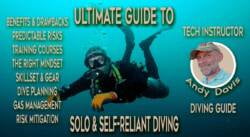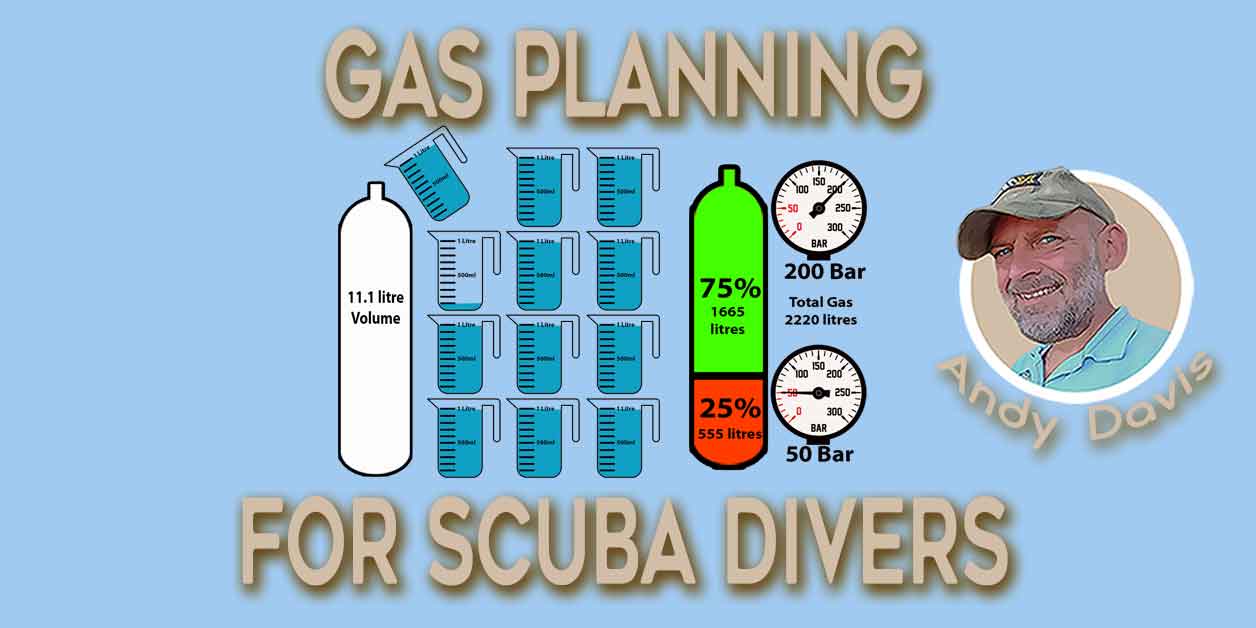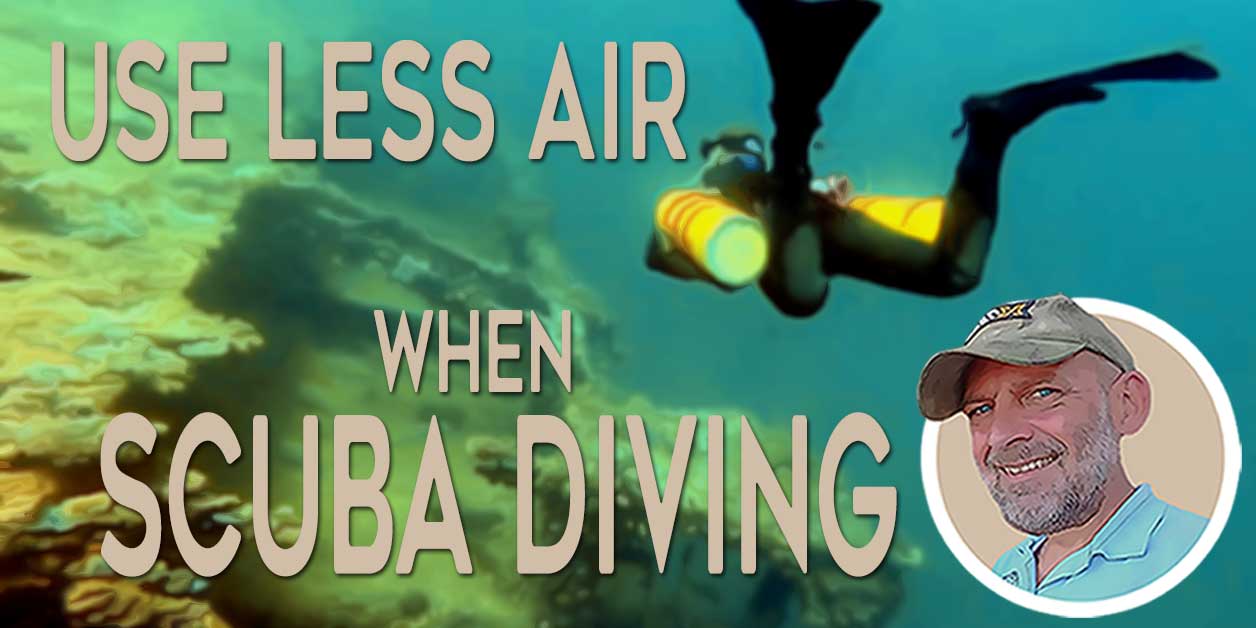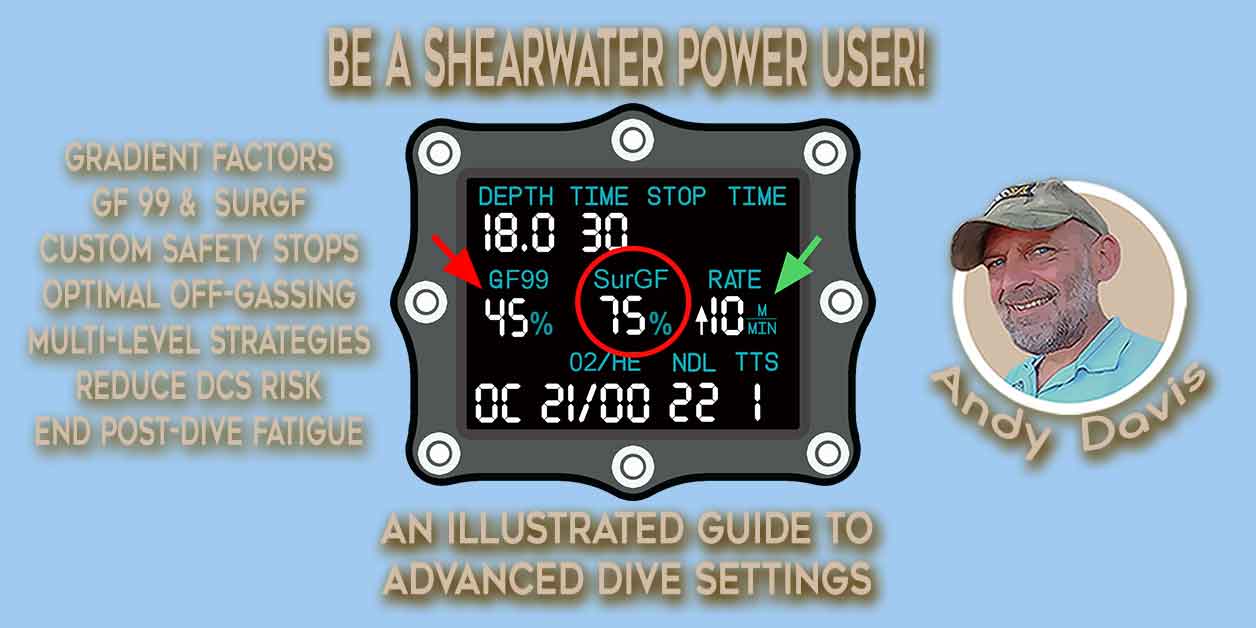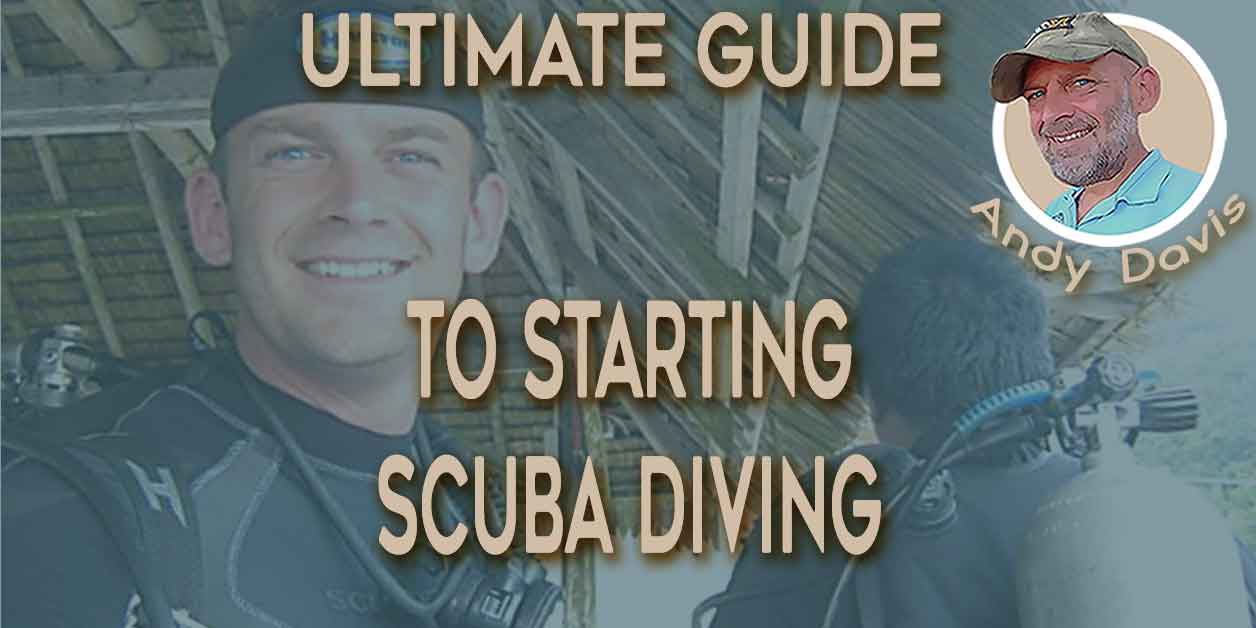How To Best Ascend When Scuba Diving?
To safely ascend when scuba diving, there are three key factors to consider: ascent speed, safety stop, and body positioning. While novice divers learn to ascend slowly, it’s important to strike the right balance as a too-slow ascent can increase the risk of decompression sickness.
In this article, we’ll explore the optimal ascent rate, the importance of conducting safety stops, and why horizontal trim is crucial for a safe and effective ascent. Read on to learn more.
10 tips on how to ascend when scuba diving
- To safely ascend when scuba diving, consider three key factors: ascent speed, safety stop, and body positioning.
- Novice divers learn to ascend slowly, but a too-slow ascent can increase the risk of decompression sickness.
- A very slow ascent promotes continued on-gasing, delaying reaching an optimal super-saturation gradient.
- Ascent rate of 9-10m per minute with one or more stops at shallow depth is optimal.
- Multiple level safety stops stimulate fewer bubbles than either no stop or a single stop.
- Mainstream recreational agencies like PADI teach a 3-minute safety stop protocol at 5m depth.
- Advanced-level divers and some other agencies may favor multiple safety stops at depths of 9, 6, and 3m.
- Vertical body positioning creates inconsistent inert-gas diffusion and can contribute to Immersion Pulmonary Edema (IPE).
- Horizontal body positioning is far more optimal throughout the ascent and safety stops.
- Divers need buoyancy control and trim proficiency to perform a horizontal trim ascent.
Ascent speed as you ascend when scuba diving
Novice scuba divers learn to ascend very slowly from depth. This is an appropriately simplistic ‘rule’ that helps them avoid an uncontrolled ascent. However, it is not the correct approach to ensure safety from decompression illness (DCI).
Don’t ascend too slowly from scuba dives
There is ample scientific evidence that a too-slow ascent can also be problematic in relation to elevating the risk of decompression sickness.
This is because a very slow ascent promotes continued on-gasing (absorption of inert gas) into the slower body tissues. As a result, there is delay in reaching a depth where an optimal super-saturation gradient promotes faster removal of nitrogen from the body.
Very slow ascents cause more bubbles
When studied, an ascent rate of 9m per min produced fewer bubbles than a slower ascent of 3m per min.
As such, the optimal approach to ascending is to maintain an accurate ascent rate of 9-10m per minute, combined with one or more stops at shallow depth.
Conduct a safety stop as you ascend when scuba diving
Mainstream recreational agencies like PADI teach a simplistic “safety” stop protocol of 3 minutes at 5m depth. Some other agencies, and more advanced-level divers, favour an approach doing multiple levels of safety stop; for instance, at depths of 9, 6 and 3m.
Again, the approach of using multiple level safety stops stimulates fewer bubbles than either no stop whatsoever or a single stop.
A sample safety stop schedule for enhanced DCS protection
- Ascend at a rate of 9m (30ft) per minute.
- Stop at 9m (30ft) for 1 minute
- Stop at 6m (20ft) for 2 minutes
- Stop at 3m (10ft) for 3 minutes
- Ascend to the surface at a rate of 3m (10ft) per minute
Body positioning during ascent on a dive
Another factor is body positioning on the ascent. If the diver is vertical in the water, then they create a significant pressure differential across the height of their body. This has two downsides:
- Firstly, it means that inert-gas diffusion is inconsistent across the length of their body.
- Secondly, pressure differential across the body can contribute to a cause of Immersion Pulmonary Edema (IPE) – a malady increasingly believed to play a role in many diving accidents.
For those reasons, a horizontal body positioning is far more optimal throughout the ascent and safety stops. The primary caveat being that the diver needs to possess sufficient buoyancy and trim proficiency to actually perform a horizontal ascent.
About Immersion Pulmonary Edema
Immersion Pulmonary Edema causes and symptoms:
- Immersion pulmonary edema (IPE) is a life-threatening condition that can occur during water immersion activities.
- IPE occurs when fluid from the blood leaks abnormally from the small vessels of the lung into the airspaces, leading to difficulty in breathing.
- IPE is not typically related to any underlying medical cause.
- The effects of immersion and increased cardiac filling pressures can cause IPE.
- Symptoms of IPE include shortness of breath, coughing, chest pain, and frothy sputum.
Immersion Pulmonary Edema incidence and risk factors:
- Fatal cases are often mistaken for drowning, so the exact incidence of IPE is unknown.
- IPE tends to recur and can be fatal.
- It can affect surface swimmers, snorkelers, and scuba divers.
- The issue effects young, otherwise healthy individuals, as well as in older divers with high blood pressure.
The best way to ascend when diving
In summary, ascending when scuba diving is a critical part of the sport, and it’s important to do it safely. By considering ascent speed, conducting safety stops, and maintaining a horizontal body position, divers can minimize their risk of decompression sickness and other diving-related illnesses.
Remember to strike the right balance and maintain an ascent rate of 9-10m per minute, combined with one or more stops at shallow depths. By following these guidelines, divers can enjoy a safe and enjoyable experience exploring the underwater world.
About The Author

Andy Davis is a RAID, PADI TecRec, ANDI, BSAC, and SSI-qualified independent technical diving instructor who specializes in teaching sidemount, trimix, and advanced wreck diving courses.
Currently residing in Subic Bay, Philippines; he has amassed more than 10,000 open-circuit and CCR dives over three decades of challenging diving across the globe.
Andy has published numerous diving magazine articles and designed advanced certification courses for several dive training agencies, He regularly tests and reviews new dive gear for scuba equipment manufacturers. Andy is currently writing a series of advanced diving books and creating a range of tech diving clothing and accessories.
Prior to becoming a professional technical diving educator in 2006, Andy was a commissioned officer in the Royal Air Force and has served in Iraq, Afghanistan, Belize, and Cyprus.
In 2023, Andy was named in the “Who’s Who of Sidemount” list by GUE InDepth Magazine.
Purchase my exclusive diving ebooks!
Ascend when scuba diving FAQ
Yes, immersion pulmonary edema is known to occur on scuba dives. The exact figures are unknown because many fatal cases may be confused with drowning.
It is best to ascend horizontally from a scuba dive. Beginners with poor buoyancy control can ascend vertically as a precaution against an uncontrolled ascent.
As a diver ascends, the gas in their BCD and exposure protection expands to increase their buoyancy. As a result, they must release air from their BCD to retain neutral buoyancy.
Aim to ascend slowly when you are a beginner and there is risk of an uncontrolled ascent. With experience, aim to ascend at an optimal rate of 9m or 30ft per minute until you reach your safety stop.
Originally posted 2019-02-24 16:08:01.








